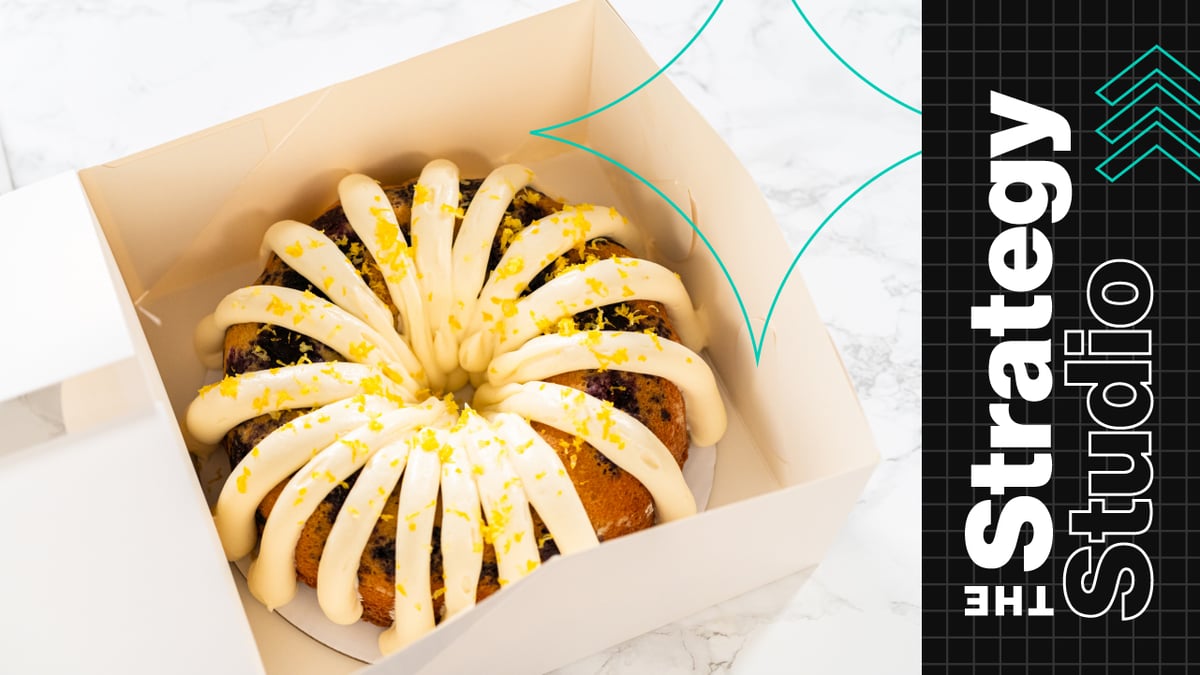
Have you ever rolled your eyes and immediately deleted a sales email from your inbox, then turned around and sent basically the same email to one of your prospects? (Guilty 🙋🏻♀️)
The truth is, nobody likes to be sold to. But how do marketers connect with people who are allergic to the very thing we do?
Let’s start with where marketing allergies come from.
Why customers develop marketing allergies
They've been burned by overpromising and underdelivering. Every "revolutionary solution" and "game-changing innovation" that turned out to be ordinary at best.
They're tired of being interrupted. Pop-ups, autoplay videos, LinkedIn messages from strangers asking for just 15 minutes of their "valuable time."
They’re not dumb. That discount that expires in exactly 23 hours and 47 minutes? Most people can see right through that.
What we can learn from a real marketing success story
One of our clients — a company that services industrial centrifuges for dairy plants — identified a potential client who would be perfect for their services. But this wasn't a company that responded to cold calls or generic sales pitches. They'd been burned before and had developed the kind of marketing immunity.
So instead of doing what every other vendor was doing — sending brochures or showing up uninvited with branded coffee mugs — this client took a different approach.
They developed a very intentional account-based marketing campaign that culminated with a visit accompanied by bunt cakes. Yes, bunt cakes.
The result? A $600,000 contract.
Here’s what we learn from that success:
They earned the right to sell by solving problems first. Instead of opening with capabilities, they led with industry intelligence. They shared specific insights about contamination issues affecting similar dairy operations and regulatory changes impacting the industry. Each touchpoint built credibility without asking for anything in return.
They treated research like an investigation. This wasn't just LinkedIn browsing. They understood the plant's production challenges, knew which equipment failures had cost them downtime, and recognized the seasonal pressures affecting their operations.
This wasn't a "mass outreach" or "conference follow up" email. They researched, knew, and understood who they were targeting on a deeper level. And every point of the journey was tailored to that — making each one feel relevant rather than random.
They chose memorability over marketing materials. The bundt cakes weren't just a gimmick. They were a deliberate choice to break the pattern. While competitors showed up with predictable branded materials, they brought something that sparked genuine conversation and created a positive, unexpected moment in what's typically a sterile vendor evaluation process.
The marketing antidote
Marketing-allergic customers aren't impossible to win over. They just have higher standards.
They've been disappointed by overpromising vendors, interrupted by pushy salespeople, and bombarded with generic solutions that don't fit their specific needs.
So when someone finally shows up who understands their business, speaks their language, and leads with value instead of pitch, they pay attention.
I’m curious — have you noticed customers becoming more resistant to traditional marketing? What's worked for you in winning over skeptical prospects?

.png?width=1481&height=281&name=Copy%20of%20Sarah%20-%20The%20Strategy%20Studio_CTA%20(2).png)